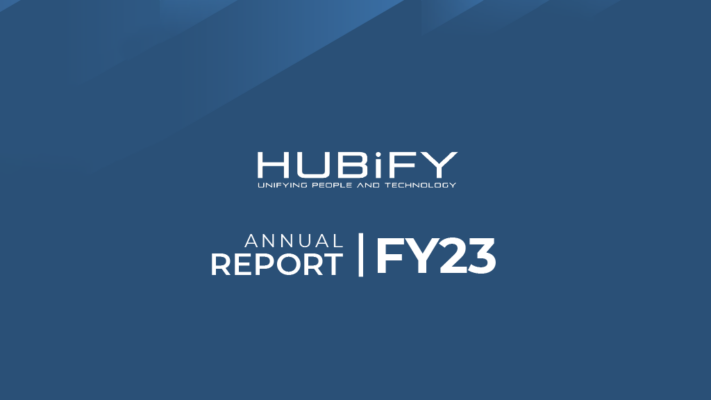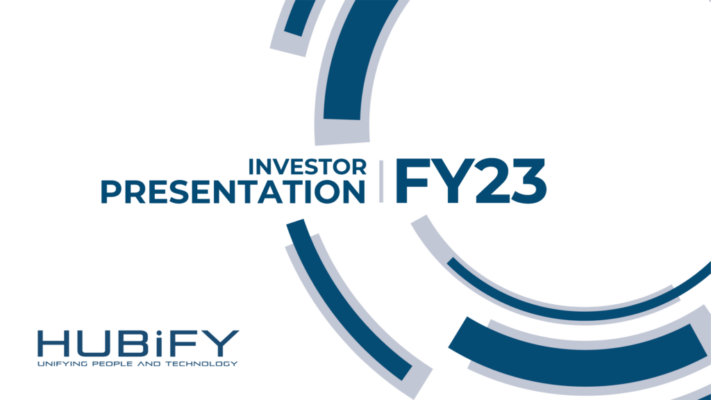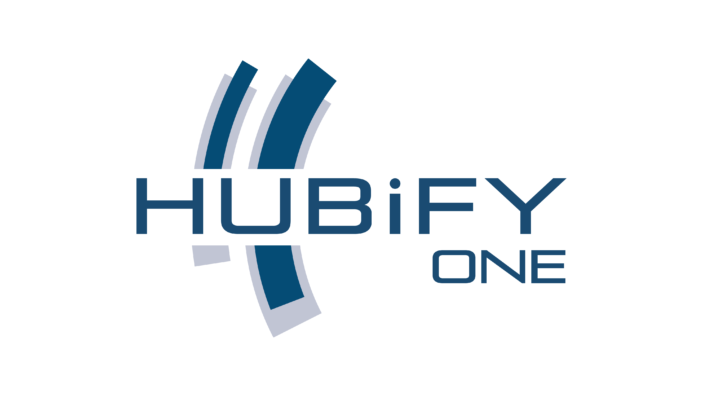- June 16 2025
What is cloud migration?
Cloud migration is the process of moving digital assets like data, workloads, applications, and IT processes from on-premises infrastructure to cloud environments. But it’s much more than a simple transfer. Cloud Migration Isn’t Just a Technical Shift, It’s a Business Strategy. Before taking any technical steps, define what success looks like.
Are you aiming to scale rapidly? Are you looking to improve data accessibility? Do you want to reduce IT infrastructure costs?
These answers will shape your migration plan, your cloud model, and your operational structure post-migration.
Types of Cloud Migration: Choosing the Right Model
Don’t just default to the big public cloud names. Consider your business needs:
Public Cloud – Ideal for scalability and cost-efficiency; great for startups and growing teams.
Private Cloud – Offers tighter control, enhanced security, and regulatory compliance.
Hybrid Cloud – Combines both, perfect for phased migrations, legacy integration, or highly regulated sectors.
Hubify’s vendor-agnostic approach ensures you adopt the right cloud solution customised to your current infrastructure and future growth path.
What are the challenges of cloud migration?
Despite its advantages, cloud migration introduces complexity. Without proper planning, it can result in downtime, data loss, or inefficient cost structures. Typical challenges include:
– Migration Complexity: Especially when integrating legacy systems or multiple environments.
– Legacy Applications: Older apps may not be cloud-optimized or compatible.
– Cloud Management: Managing multiple cloud services, permissions, and configurations is demanding.
– Business Support: Without change management, internal teams may resist or underutilize new tools.
This is why a structured approach with clear roles, risk management, and a roadmap is essential.
How to operate and optimize your cloud environment?
Not all workloads belong in the cloud yet, conduct a readiness and dependency audit. Prioritise low-risk, high-value workloads first (like development environments or customer portals). from the checklist, important to conduct an audit and identify:
1.Conduct a Readiness and Dependency Audit
Not all workloads are fit for the cloud. Start with a deep audit to identify:
– Business goals
– Application interdependence
– Compliance requirements
– Resource utilisation
This will help you prioritise low-risk, high-impact workloads such as dev/test environments, non-sensitive data, and customer-facing apps.
2.Define Your Strategy & Build a Business Case
Your migration should deliver measurable outcomes: performance gains, cost reduction, risk mitigation, or enhanced agility. Build a clear business case that gains internal support and drives aligned execution.
3.Integrate Security & Compliance
System security must be architected into your migration. Consider:
– Data is encrypted at rest and in transit
– Identity and access management (IAM) is tightly controlled
– Regular audits, backups, and logging are in place
– Compliance aligns with Essential 8, ISO 27001, CPS 234, or sector-specific mandates
4.Manage Cost & Monitor ROI
While cloud eliminates upfront hardware costs, you now have ongoing operational costs (OpEx), which can spiral if left unchecked.
Make sure to factor in:
– Cloud Licensing (e.g., Microsoft, AWS, Google Cloud)
– Bandwidth and storage costs
– Third-party integrations
– Support and maintenance
Hubify provides FinOps expertise to help you track, manage, and optimise cloud costs with precision—ensuring your investment delivers sustainable value.
5.Verification, Support & Continuous Optimisation
Once your workloads are live in the cloud, the journey doesn’t end. It’s crucial to:
– Continuously validate system performance
– Optimise resources based on usage patterns
– Upskill internal teams and keep security postures updated
– Have 24/7 support and escalation paths in place
Hubify is your cloud migration partner
Cloud migration is one of the most impactful digital decisions your business will make. But without experienced guidance, it can lead to unnecessary spend, poor performance, or regulatory risk.
At Hubify, we don’t just migrate your systems, we help design and manage a secure, scalable, and future-ready cloud environment. From discovery and planning to deployment and ongoing optimisation, our cloud experts ensure every step is aligned with your goals.
Ready to explore cloud migration with confidence?






